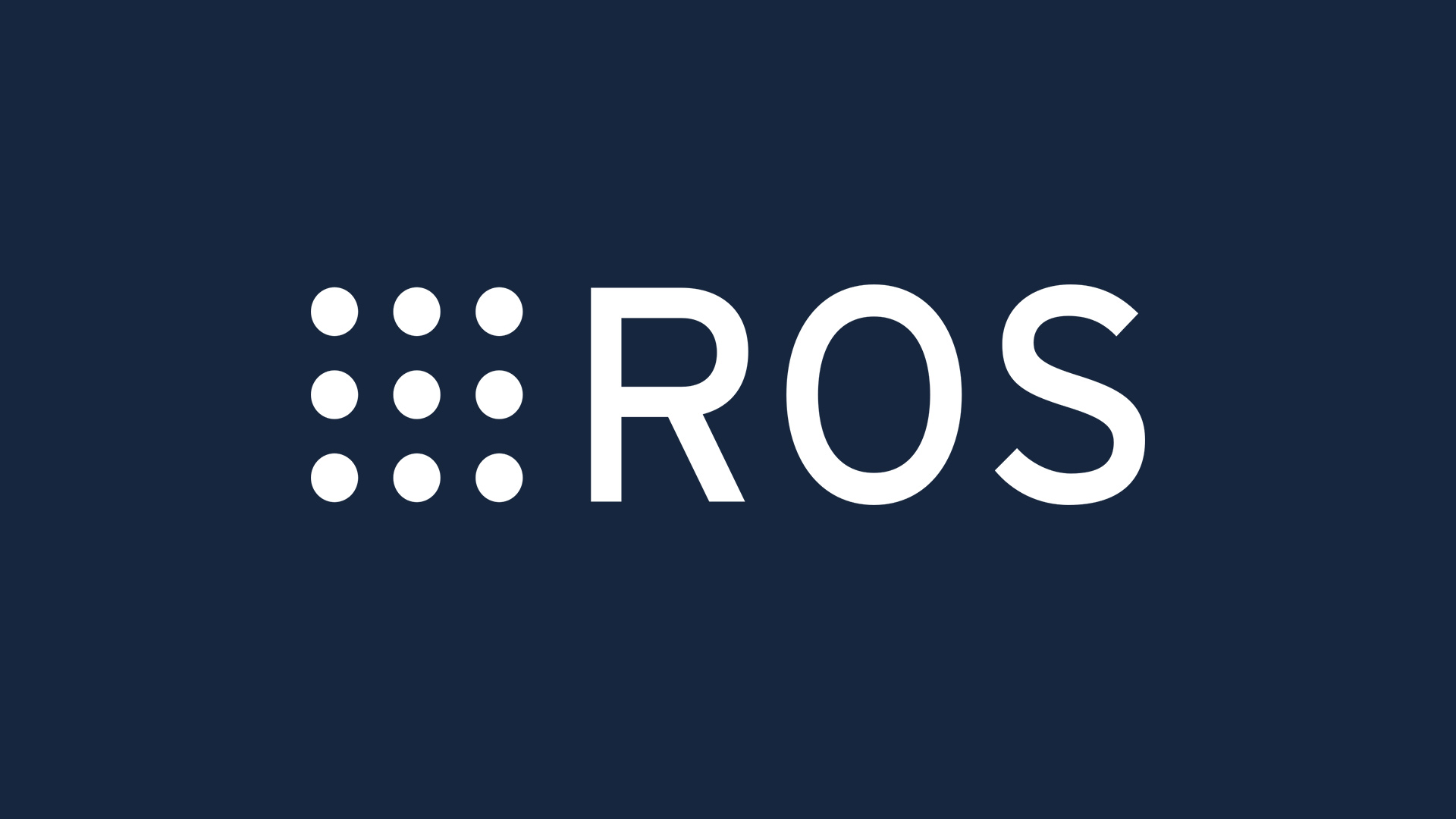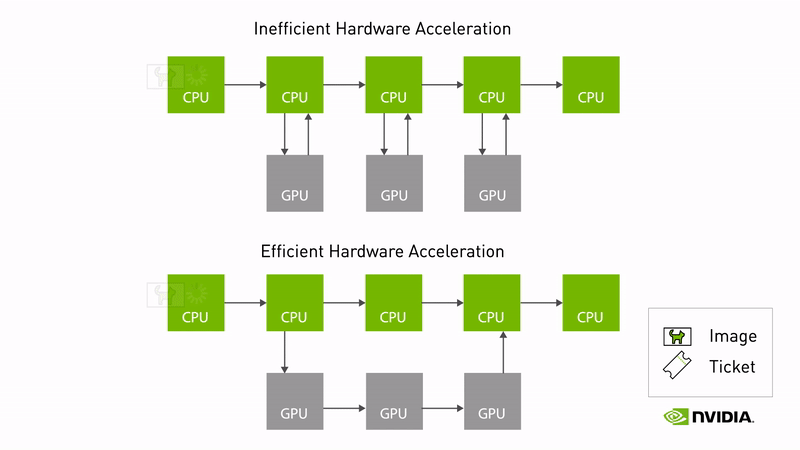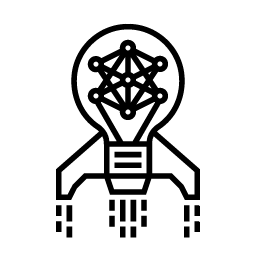NVIDIA Isaac ROS
NVIDIA Isaac™ ROS (机器人操作系统) 是 NVIDIA® CUDA® 加速计算包和 AI 模型的集合,旨在简化和加速高级 AI 机器人应用的开发。
NVIDIA Isaac ROS 的工作原理
Isaac ROS 为您提供了用于构建机器人应用的强大工具包。它为导航和感知等常见任务提供即用型软件包,使用 NVIDIA 框架实现出色性能,并且可以部署在工作站和 NVIDIA Jetson™ 等嵌入式系统上。

快速入门指南
了解入门所需内容以及如何使用 Isaac ROS 套件进行设置,在 NVIDIA Jetson 上利用 NVIDIA 加速的强大功能。
简介视频
Isaac ROS 提供用于机器人感知的模块化软件包,并可轻松集成到基于 ROS 2 的现有应用中。本次讲座将介绍 Isaac ROS GEM,以及如何在机器人开发工作流中使用多个 GEM。
网络会议
查看一系列 Isaac ROS 网络会议,这些会议涵盖各种主题,从运行您自己的 ROS 2 基准测试到利用 NVIDIA NITROS 的强大功能,应有尽有。
新功能 - Isaac ROS 3.2
查看最新的 Isaac ROS 更新,通过基于 AI 的高级感知和操作来提升机器人的能力
主要特性

ROS 是 Open Robotics 的商标
开放式生态系统
基于 ROS 构建
NVIDIA Isaac ROS 基于开源 ROS 2+ 软件框架。这意味着 ROS 社区中的数百万开发者可以轻松利用 NVIDIA 加速库和 AI 模型来快速追踪其 AI 机器人开发和部署工作流程。

硬件加速
适用于 ROS 的 NVIDIA Isaac Transport
NVIDIA 实现的类型适应和协商称为 NITROS,是由 Isaac ROS 硬件加速模块 (即 Isaac ROS) 组成的 ROS 处理流程。GEM)。NITROS 可让 ROS 2 应用充分利用 GPU 硬件加速,从而有可能在整个 ROS 2 图形中实现更高的性能,并更高效地利用计算资源。
适用于 ROS (Github)
开始使用 NVIDIA Isaac ROS

边缘部署
NVIDIA Jetson 提供硬件加速、优化的 AI 软件、强大的生态系统和能效,是部署 Isaac ROS 应用的理想平台。Nova CarterNova Orin™ 开发者平台还可帮助您加速 AMR 开发。
(Leopard Imaging)购买 Nova Orin 开发者套件
(Segway Robotics)
NVIDIA Isaac Manipulator
Isaac Manipulator 基于 Isaac ROS 构建,支持开发 AI 驱动的机械臂,这些机械臂可以无缝感知和理解环境并与环境进行交互。
NVIDIA Isaac Perceptor
Isaac Perceptor 基于 Isaac ROS 构建,可快速开发先进的自主移动机器人 (AMR),使其能够在仓库或工厂等非结构化环境中进行感知、定位和操作。
借助 NITROS 流程实现高性能感知
ROS 2 图形使用基于 NITROS 的,NVIDIA 加速的 Isaac ROS 软件包可以显著提高性能。
您可以找到完整的性能摘要单击此处。
节点 | 输入大小 | AGX Orin | Orin NX | x86_64 w/ RTX 4090 |
|---|---|---|---|---|
AprilTag 节点 | 720p | 249 fps 4.5 毫秒@30Hz | 116 fps 9.3 毫秒@30Hz | 596 fps 0.97 毫秒@30Hz |
自由空间分割节点 | 576p | 2120 fps 1.7 毫秒@30Hz | 2490 fps 1.6 毫秒@30Hz | 3500 fps 0.52 毫秒@30Hz |
深度分割节点 | 576p | 45.8 fps 79 毫秒@30Hz | 28.2 fps 99 毫秒@30Hz | 105 fps 25 毫秒@30Hz |
TensorRT 节点 PeopleSemSegNet | 544p | 460 fps 4.1 毫秒@30Hz | 348 fps 6.1 毫秒@30Hz | - |
Triton 节点 PeopleSemSegNet | 544p | 304 fps 4.8 毫秒@30Hz | 206 fps 6.5 毫秒@30Hz | - |
DNN 立体视差节点 完整 | 576p | 103 fps 12 毫秒@30Hz | 42.1 fps 26 毫秒@30Hz | 350 fps 2.3 毫秒@30Hz |
H.264 解码器节点 | 1080p | 195 FPS 8.2 毫秒@30Hz | - | 596 fps 4.2 毫秒@30Hz |
H.264 编码器节点 帧速率支持 | 1080p | 402 fps 13 毫秒@30Hz | - | 409 fps 3.4 毫秒@30Hz |
H.264 编码器节点 P 帧支持 | 1080p | 473 fps 11 毫秒@30Hz | - | 596 fps 2.1 毫秒@30Hz |
Nvblox 节点 | - | 4.87 fps 35.9 毫秒 | 4.95 fps -1.43 毫秒 | 4.95 fps 195 毫秒 |
入门套件
通过论坛,版本发布说明和内容全面的文档 Isaac ROS,开始使用 Isaac ROS 开发机器人和 AI 应用。
定位和制图
Isaac ROS Visual SLAM 为 VSLAM (视觉同步定位和映射) 提供高性能、出色的 ROS 2 软件包。
3D 场景重建
Isaac ROS nvBlox 使用 RGB-D 数据创建密集的 3D 地图 (包括不可预见的障碍物),以生成用于导航的时序成本地图。
运动规划
Isaac ROS cuMotion 是一个 NVIDIA CUDA 加速库,通过同时运行多个轨迹优化来返回最佳解决方案,从而大规模解决机器人运动规划问题。
Isaac ROS 学习资料库
更多资源
开始使用
加速机器人应用开发,立即开始使用 NVIDIA Isaac ROS。


